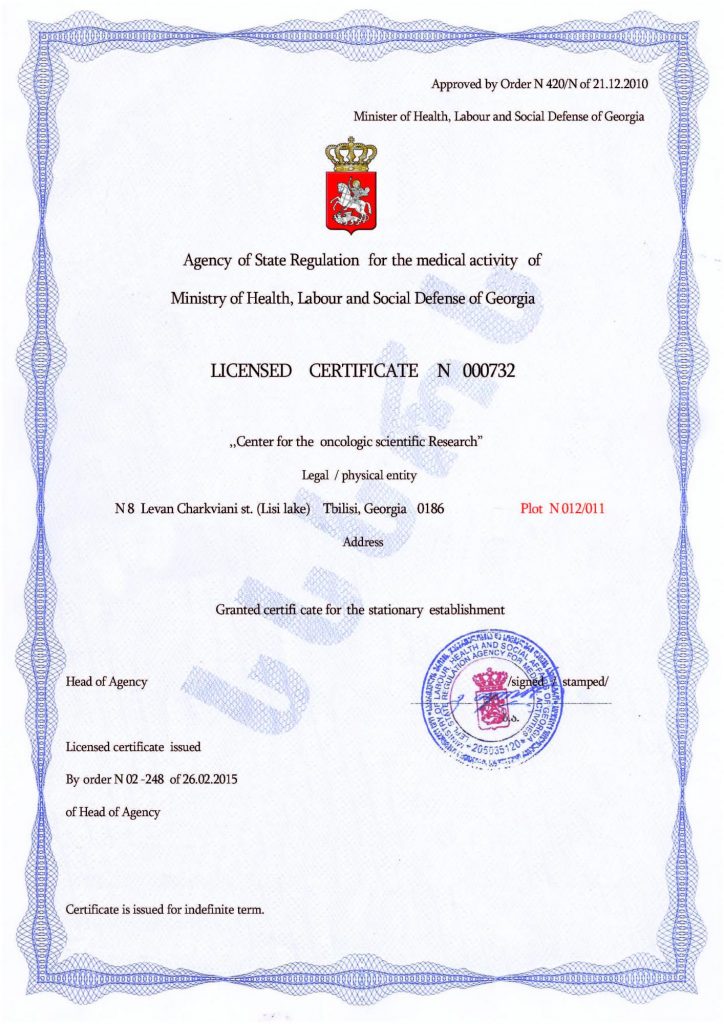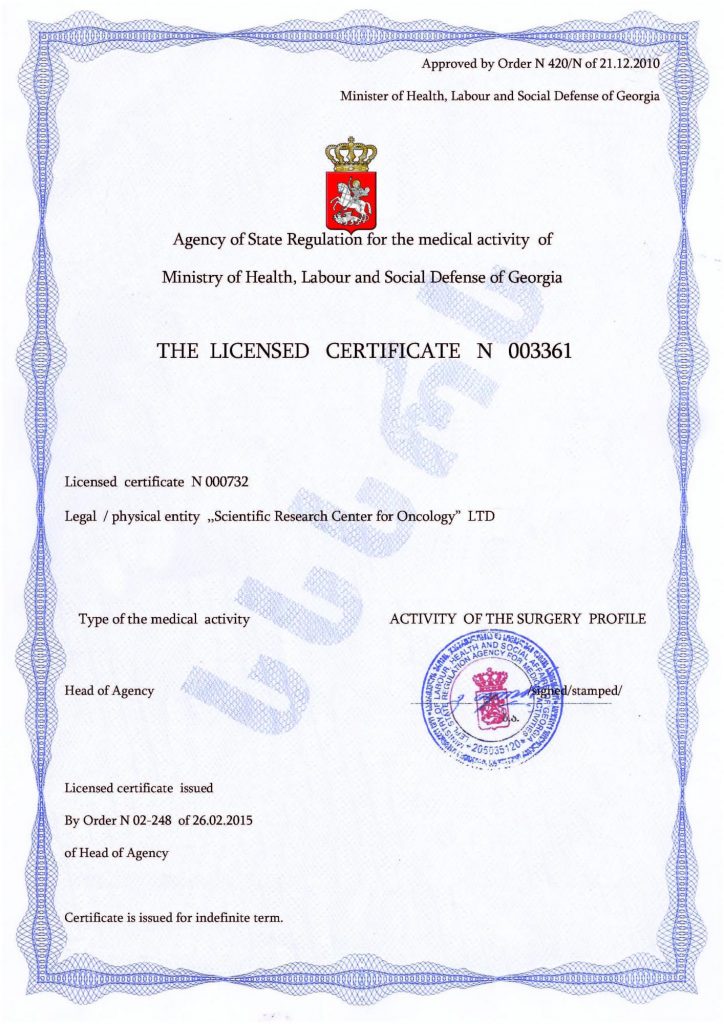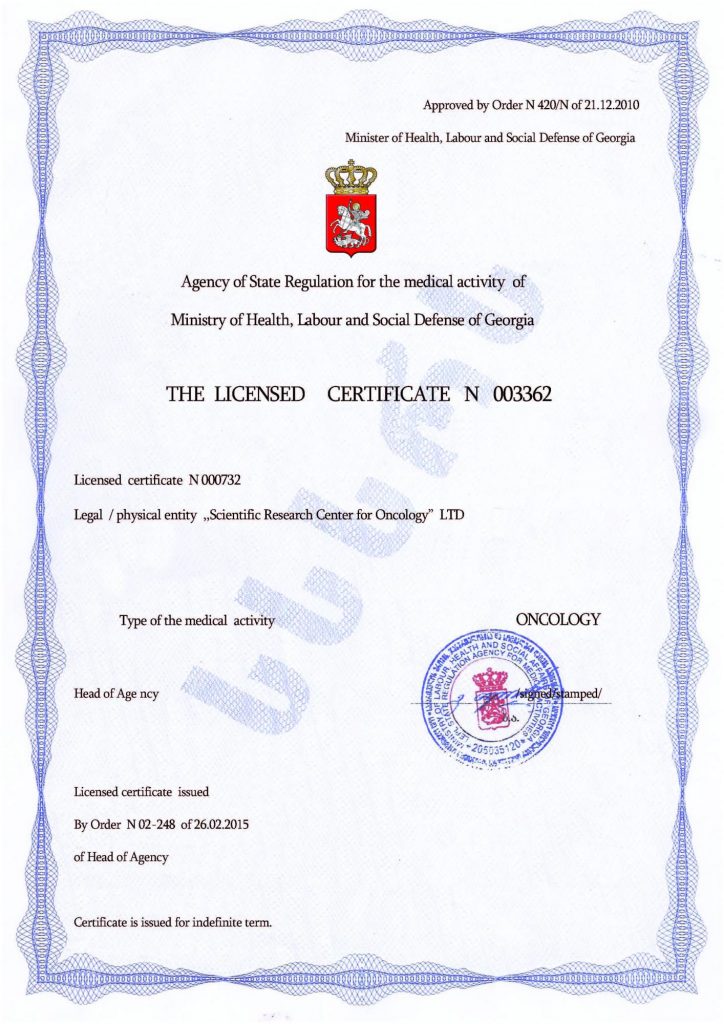Why does an autistic person fear water?
Typically, children with autism spectrum disorders enjoy bathing and other water activities. This is primarily related to sensory features: touching the water can feel pleasant, and the water’s surface, constantly in motion, creates interesting visual effects. However, sometimes, on the contrary, it causes rejection or even fear, which leads to increased anxiety and worry.
Like other subconscious fears, hydrophobia can have many causes. Fear of water is relatively common and more often occurs in children who have been victims of or witnesses to an accident at a water body or who have suffered from parental negligence during bathing in infancy. In autistic individuals, hydrophobia may be based on various sensory sensitivities, anxiety, or negative experiences. This is not classical hydrophobia (like in rabies), but rather sensory sensitivity or fear of water.
Possible causes:
- Hypersensitivity — the water may feel too cold, hot, or cause unpleasant tactile sensations.
- Noise of water — the sound of flowing water can be unpleasant or even painful.
- Fear of immersion — some individuals feel anxious when the water covers their face or body.
- Negative experience — if there was a negative incident in the past (e.g., choking), this can form a fear.
- Unpredictability of water — waves, splashes, or moving water can be frightening.
To combat hydrophobia in autism, various methods can be used:
- Gradual adaptation involves slowly getting used to the water: from playing with a wet cloth, the child progresses to washing hands, then having a foot bath, and eventually being convinced to take a shower.
- Using favorite toys can distract and reduce anxiety.
- Adjusting the temperature and water pressure will help create a comfortable environment.
- Headphones or earplugs can reduce discomfort if the issue is a reaction to the sound of running water.
- Visual support — pictures, schedules, or videos of bathing can help reduce anxiety.
- A playful approach, where the bathing process becomes fun — for example, with toys, foam, and bubbles — will allow the child not to perceive water as something unpleasant or, even worse, threatening.
In general, there are many ways to overcome hydrophobia. However, a more decisive step should be taken to address the underlying condition that can lead to the development of this and other phobias — autism. This can be achieved through cell therapy, which currently has no analogs. It is the most effective, natural, and safe method for correcting not only symptoms but also the disorder itself, with reliability that is well-documented and proven.
This modern technique involves stem cell transplantation, which can transform into any other type of cell, “find” defective cells among them, and replace them with healthy analogs. Positive results occur quickly — the brain and nervous system begin to function normally. These changes last for a long time, even for life, strengthening the positive effects of supportive correction measures.
While cell therapy was once considered an experimental approach to treating autism, it is now widely accepted and may become the primary treatment in the future. It is currently practiced by leading clinics worldwide, and one of the leaders in this field is the Mardaleishvili Medical Center. Its doctors are highly qualified and experienced, and the center is equipped with state-of-the-art equipment, offering more affordable services than in other countries with comparable healthcare levels. An additional advantage is the logistical support available at all stages, from trip planning to accommodation.
Take advantage of cell therapy — and phobias will become a thing of the past!
Autism Treatment Center Videos
Autism treatment with own stem cells
Cord blood association congress
International Quality Crown
Autism Treatment Reviews
Autism treatment with own stem cells
The story of Alessandro (6 years old)
Autism Patient Testimonial - Stem Cell Treatment
Clients Testimonials

Feedback by Everita, Katrina’s mother (5 years old) Read More

Feedback from Igor, David’s father (12 years old) Read More

Feedback from Olga, Fedya’s mother Read More

Feedback from Natalia, Radomir’s mother (15 years old) Read More

Feedback from Esther, Samuel’s mother (8 years old) Read More













